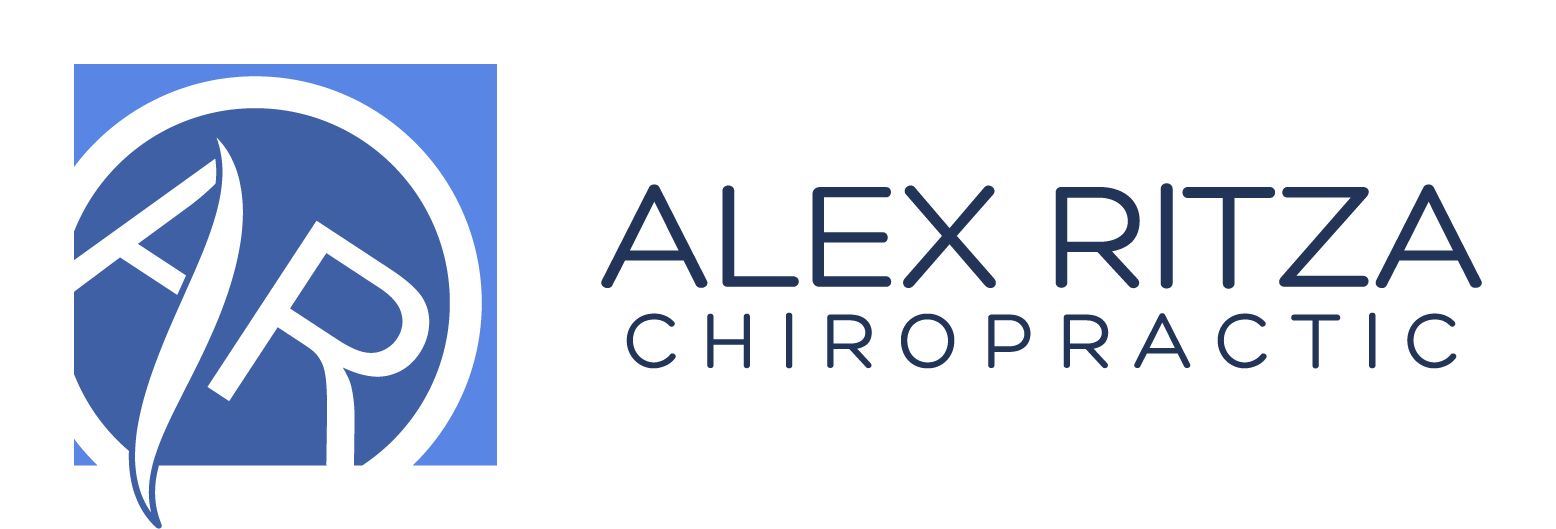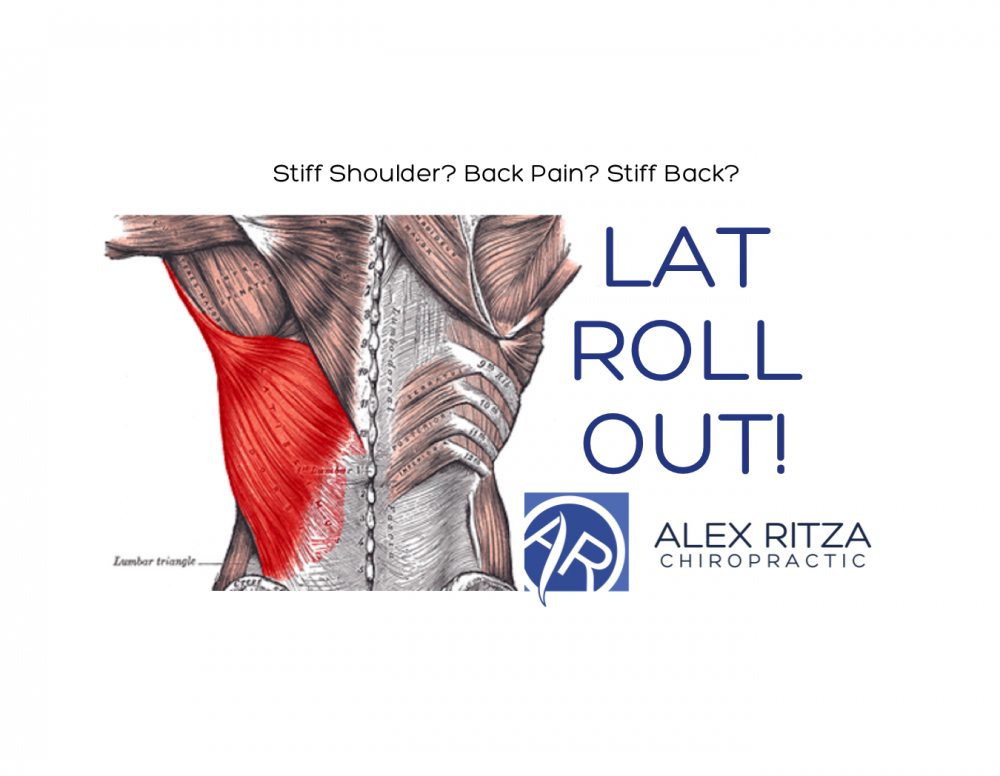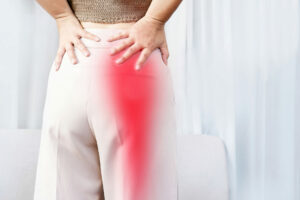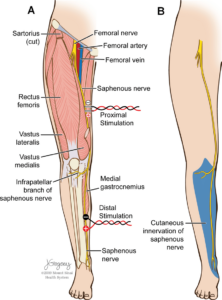…….And How To Fix That It
Who: If you sit all day, are active in the gym or have ever suffered from low back pain
Time: 5 minute read
Why: You want to move and feel better
I take great pride in the initial assessment I do in my office. We assess the spine, interpret the health of your nervous system, check the health and quality of movement of all the major joints of the body, and specifically try to understand your individual demands, strengths and shortfalls.
The point is always to asses what is moving well, what needs to move better, how well is your nervous system functioning compared and most importantly, understand the why behind it all.
As an example, very few cases of chronic low back pain (LBP) or dysfunction happen for no reason. The “what”, in this case, low back pain and the subsequent joints and muscles involved, is relatively easy to deduce. The more important question, “why is this happening”, is far more important.
In most cases of low back pain or discomfort, it is an issue of core weakness / coordination, excessive stiffness and / or nervous system dysfunction

However, a trend I am seeing more in the downtown population, which spends the majority of the day sitting, is the involvement of the latissius dorsi muscles. This muscle is rarely implicated as a cause of low back pain but I think doctors would do well to spend more time thinking about it, and patients spend more time making sure it is stretched regularly.

The latissimus dorsi muscle is an amazing muscle because it extends all the way from the top of the arm (proximal humerus bone) and wraps around the side of the chest, down the flank, and inserts into the low back and pelvis. It is a powerful muscle that moves the arm forcefully in any movement similar to the swimming font-crawl stroke. Because of its massive size, length, and gained mechanical advantage, it is also able to move the trunk or add a significant force through the spine as well.

If this muscle gets really tight, it can add a great deal of compression force into the lumbar spine and general stiffness.
Most cases of low back pain have a particular intolerance to one or more directions of movement. Some patients have a spine that hates flexion. Some patients are intolerant and get more pain with rotation, or extension. As you guessed it, many patients are often intolerant to compression forces through the spine, which we experience with sitting, stepping off a stair or sidewalk, sit-ups and superman exercises, or carrying things like a weight or heavy briefcase. Added stiffness and shortening of the latissimus dorsi can add compression force into the spine and subsequently affect your spinal health.
In cases of chronic low back pain or dysfunction that do not resolve with adjustments alone, improving the function of this muscle can be paramount in meeting the goals of patients
If you are an avid swimmer, do a lot of “chest” exercises in the gym, sit all day, or never take the time to stretch it specifically, it is prone to be tight. And while it is not implicated in every case of low back pain, it is important to stretch it to avoid LBP issues, and to improve your general posture and spine health by correcting its tendency to pull you forward.
“But Dr Alex, how do I know if it is tight?”; Three ways, 1) check out this video of the Lat Length Test (1 min) to see if this is you, 2) if you have trouble getting you straightened-arm vertically over your head, and finally 3) Have me check it for you
While some people choose to “foam-roll” this muscle to loosen it up, I am not a fan of this approach. I prefer the approach of static and dynamic stretching to normalize the length, tone (nervous system activity) and stiffness of this muscle. As compared to foam rolling, which mainly compresses the muscle and tissues roller touches, stretching this muscle will also help to separate it from the structures that it runs on top of and beside. Whether the shoulder-blade or muscles of the arm-pit (axilla), stretching should help the lat move more freely and independently of the muscles and bones it runs adjacent to
I have included one of my favourite stretches for this muscle that you should incorporate into your daily routine and will add more to this article in subsequent months
[youtube=https://www.youtube.com/watch?v=x1l4Q_Yy3Vw]
Please feel free to let me know your thoughts, strategies to approach this issue, or any comments / high-fives/ criticisms you may have
All the best
Dr Alex




